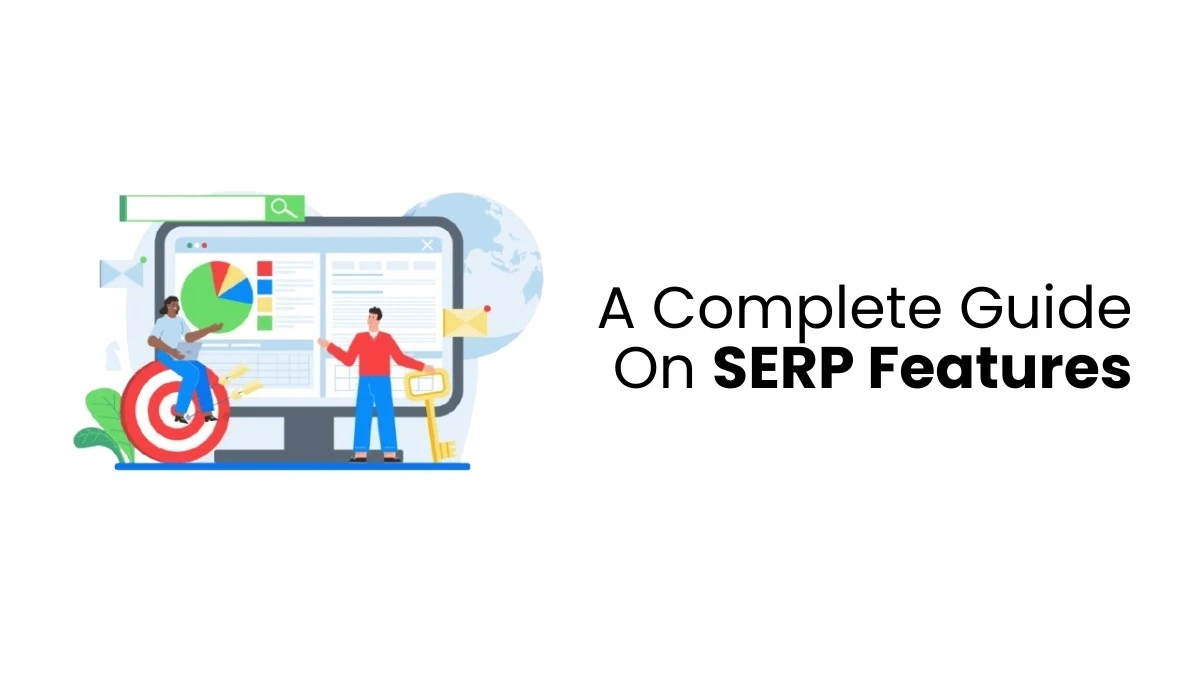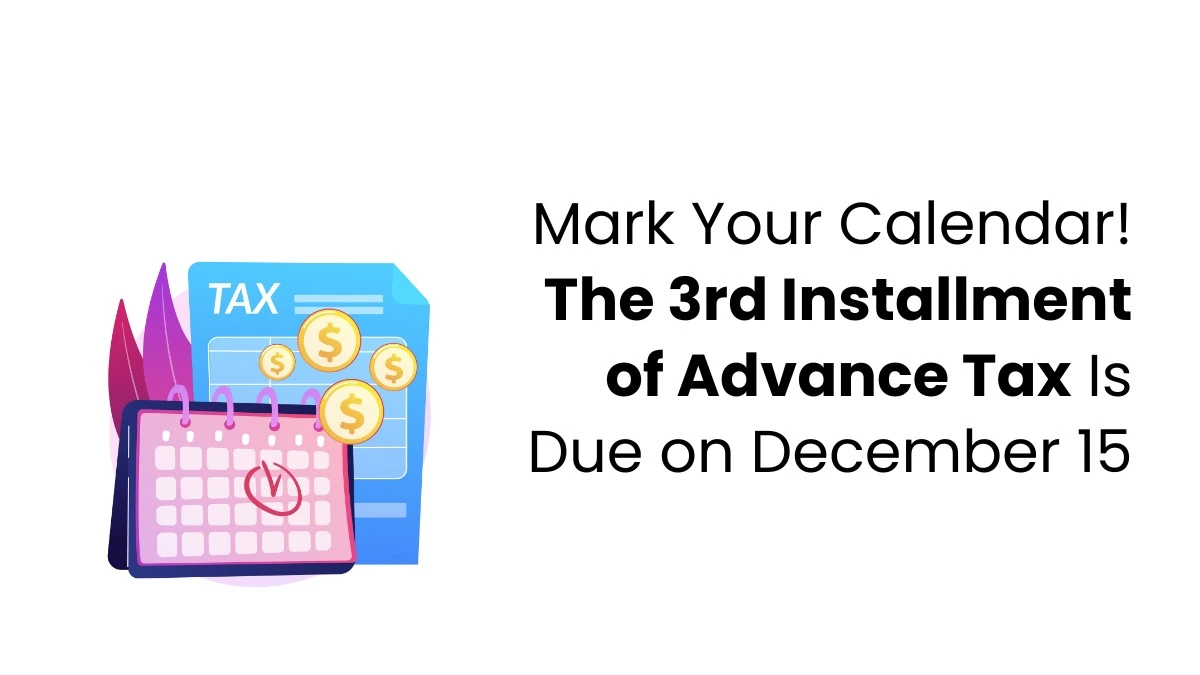Introduction to Storytelling in Digital Marketing
In today’s fast-paced online landscape, storytelling in digital marketing has become a powerful tool to create deeper connections with audiences. It’s not enough to just sell things; you need to connect with people and earn their trust. Not matter how big or small, if you can tell your story in a way that counts, it can mess up your brand and change how people see it. Storytelling in digital marketing helps turn content into a memorable experience that resonates with your target audience. This is where the true power of storytelling in marketing lies—it humanizes your message and encourages long-term loyalty.
Psychology Behind Storytelling
Storytelling is compelling because it taps into our emotions and resonates with them. We respond to stories much better than just dry facts. When a brand shares a real story, it creates trust and feels more relatable. This emotional link makes it easier for customers to remember and prefer that brand.
Enhancement of Emotional Engagement
Stories can emotionally invest people, which helps them form a bond with a brand. Recent studies have shown that content that evokes feelings of happiness, surprise, or relatability leads to more clicks and shares. Because short videos and content specifically created for you are very popular, brands are using emotional stories on platforms like Instagram Reels or TikTok. They’re seeing way more people stick around and get involved. When you feel something, it affects what you buy — you’re more likely to remember and do something about a message that tugs at your heartstrings.
Activation of emotional responses
Stories make us feel something. They evoke emotions, such as happiness, sadness, excitement, or inspiration. Our brains react to stories as if we’re really experiencing them. This emotional response helps us remember things and fosters a deeper care. That’s why businesses tell stories— to get closer to people. If we feel that connection, we tend to trust and respond better.
Improvement of Content Retention
Stories stick with you because they’re easy to remember. They create pictures in your head, which helps you remember specific details in stories. Simply listing facts can be boring, making it challenging to retain any information. Stories link everything in a way that just clicks. When you hear a story, your brain pairs it with emotions and past times. And that makes the message stay with you longer. That’s why storytelling is so compelling for both learning and sharing information.
Establishment of Brand Trust
Stories reveal what a brand is truly like, making it seem more relatable and approachable. When people hear true stories, they are more likely to trust the brand. Customers can connect with and buy into a message when you share your own experiences. When a brand consistently tells real stories, people trust it more. They trust that brand, which makes them want to choose it again.
Reflection of real-life experiences
People relate more to stories that feel real. When brands share relatable, true-to-life stories, it shows they get what everyday life is like. These stories can make a brand seem more human and relatable. Real stories help customers see themselves in the story, which builds a better with the brand, and makes the message stick.
Promotion of Customer Loyalty
When people feel a bond with a brand’s story, it makes them feel more valued. Telling stories really does help make a strong emotional connection with customers over time. This feeling motivates people to return and remain loyal to the brand. Faithful customers also often share good news with others. Ultimately, good stories can transform one-time buyers into long-term brand advocates.
Key Elements of Effective Storytelling
Effective storytelling in marketing does more than just tell you something; it get a message across that’s easy to get, that you can relate to, and that means something to you. A story that resonates with you evokes an emotional response and transports you somewhere. When brands tell stories well, they build better relationships and stick in your mind. Here are some key elements that make storytelling work:
- Have a clear message – Ensure your story conveys a single, central idea or value.
- Create real characters – Use relatable people that your audience can connect with.
- Make your brand the guide – Show how your brand helps solve a problem or supports the journey.
- Show a real problem – Introduce a challenge that feels believable and relevant.
- Give a helpful solution – Offer your brand as the answer in a natural and helpful way.
Keep it simple and honest – Don’t overcomplicate; people trust stories that feel genuine.
Types of Stories You Can Tell
Every brand has an incredible story to tell. It could be about how you got started, the impact you’re making, or even stories from your customers – these things are essential. Stories make people feel connected and show them the real folks behind the brand. When you share these stories, people trust you more, and that fosters lasting relationships.
Build Connections Through Brand Stories
Every brand has a compelling story to tell, such as its origin or the people it has helped. These stories let customers connect with your brand and trust it. Real stories make your message more meaningful, allowing people to see why what you sell is worth buying.
- Brand beginnings – Share how your journey started and what inspired it.
- Customer success – Highlight how your brand made a real difference.
- Behind the Scenes – Give a Peek into Your Team, Values, or Process.
- Real transformations – Show before-and-after results people can relate to.
- Positive experiences – Let happy customers share their stories.
- Milestones and Growth – Celebrate Progress and Major Brand Moments.

Using Storytelling Across Digital Channels
Stories can appear anywhere your people are online. Each spot lets you tell stories a bit differently, so mix things up to fit the vibe. When you nail that, your message stays fresh and sticks with people.
Social Media Platforms
Social media’s great for telling quick, powerful stories. Posts, carousels, and reels can all quickly grab people’s attention. Just keep it real, make it emotional, and keep it simple.
Short Videos for Emotional Impact
Short videos are great because they grab people right away. In seconds, they can make you curious, happy, or inspire you to take action. Places like Instagram Reels, YouTube Shorts, and TikTok are ideal for this. Show real people, use authentic voices, and create real situations to connect. Add music or voiceovers that fit. Keep it simple, but it’s worth watching. Use subtitles so everyone can understand. Conclude with something small to remember or a reason to take action. Real stories are better than ads, and if you post often, people will stick around.
Professional Stories on LinkedIn
LinkedIn is an excellent platform to share your personal development, leadership insights, and business experiences. People want to hear real stories and honest lessons. Show off your values, challenges, and wins through storytelling. Maintain a professional yet friendly tone. Talk about the people who make up your brand. Share key moments or big wins. Show how you handled problems. Let your employees or founders share their stories as well. Use simple visuals, concise text, and clear headings to enhance readability. Utilise hashtags and tags to increase your visibility.
Email Marketing
Emails remain a valuable way to connect directly with your audience. Keep your message quick, sound friendly, and make it personal. Share updates, behind-the-scenes information, or when customers achieve a win.
Narrative-Driven Sequences
Instead of just trying to sell products in your emails or ads, why not tell a story? Take people on a trip. Make them curious and emotionally invested. Start with a problem people can relate to. Show how it feels. Then, bring in your brand or product as the answer. Real stories can back you up. Quick and to-the-point emails work best. End each one with a simple invitation to learn more. Leave them hanging so they’ll want to see what happens next. Send the emails out over a few days. This way, it feels like a story, not just another sales thing.
Personalised Journey Content
Match your stories to what each customer cares about right now. Data helps you send the perfect story when it matters most, making it feel super personal. Show off stories that fit what they’re looking for and let them see how others like them hit their goals. Being personal builds trust and keeps people interested. Use tools that modify content based on the viewer’s identity. Ensure your images align with the desired mood, and keep your wording friendly and easy to comprehend.
Make your brand stand out with content that connects emotionally and clearly with your audience:
- Welcome stories
- Product journey tips
- Case study highlights
- User spotlight features
Visual & Interactive Storytelling
Visual content helps simplify complex ideas and capture attention quickly. By using interactive tools, brands can turn passive viewers into active participants. Videos, animations, and user-generated content not only entertain but also keep people engaged for more extended periods.
- Short videos to grab attention
- Animations to explain product use
- Story-driven visuals for better recall
- Interactive quizzes for higher engagement
- Clickable journeys for guided experiences
Interactive storytelling is more than just watching or reading, it’s about getting involved. When people click, answer questions, swipe, or explore, they feel closer to what’s happening. This makes them feel more emotionally connected and helps them remember your brand’s message.
With clickable product tours and animated explainers, people can learn and interact at their own speed. Quizzes, polls, and online games make learning fun and guide people to the product or service that fits them. These kinds of experiences feel personal, keep people interested longer, and make them trust you more, which turns viewers into fans.
Measuring the Impact of Storytelling
Knowing if your stories are any good is as important as telling them in the first place. Watch features like views, shares, and how long people look at your content to figure out what your audience likes.
- Track likes, comments, and shares
- Compare the performance of content formats.
- Monitor page scroll and interaction rates.
To determine if your story is compelling, don’t just focus on basic numbers. Observe how people react to different story types. Do they watch a video longer? Do they read an entire interactive article? This shows which stories they like best. Then, observe what people do after reading – do they sign up, click links, or make a purchase? This is where you see if people stick around and do what you want them to do. Mix this with testing different story versions.Doing this a lot can help you improve your story-writing, find your own style, and tell stories that get people interested and get them to act.
Conclusion
To stand out in today’s crowded online space, businesses must embrace the full potential of storytelling in digital marketing. It helps brands form real bonds with people and makes their content stick in people’s minds. The power of storytelling in marketing continues to influence how customers engage, remember, and act. For those aspiring to master these skills, enrolling in a digital marketing training institute is a great start. You’ll gain hands-on experience and learn how to use stories effectively as part of your strategy. Explore your potential by joining a digital marketing course in Calicut and learn how to turn stories into results.










